Successful and influential marketing demonstrates a solid understanding of the customer, their needs, and their expectations.
Given customer behavior is grounded in their brains (and thus psychology), it’s no surprise that marketing and psychology prove successful bedfellows.
While we may like to think of ourselves as rational free-thinking beings, we are highly irrational—and predictably so.
Our decisions and deductions are highly influenced by a shower of cognitive biases.
What are cognitive biases?
Cognitive biases are our flaws in judgment. They are formed by past experiences, preconceptions, or our environment.
And we usually rely on these cognitive biases instead of reality—yes, even when making purchasing decisions.
So if you think you don’t fall prey to cognitive biases, that is a cognitive bias too—the bias blind spot!
9 cognitive biases to use in your marketing
So let’s round-up nine cognitive biases and see how they can help inform your marketing and customer appeal.
Confirmation bias
As the name suggests, confirmation bias is when people rely on information that confirms their pre-existing views and beliefs.
When you block out evidence, facts, and reason because it doesn’t support your hypothesis you are exercising confirmation bias.
Some of our most tightly held opinions are rooted in our beliefs—a part of us that is very hard to shirk or shake, regardless of evidence that is presented otherwise.
For instance, if you’re of the view aluminum deodorant causes health side effects, you won’t be swayed by antiperspirant deodorant—no matter how emotive or appealing the product might be.
But you will likely be partial to a plant-based and cruelty-free option.
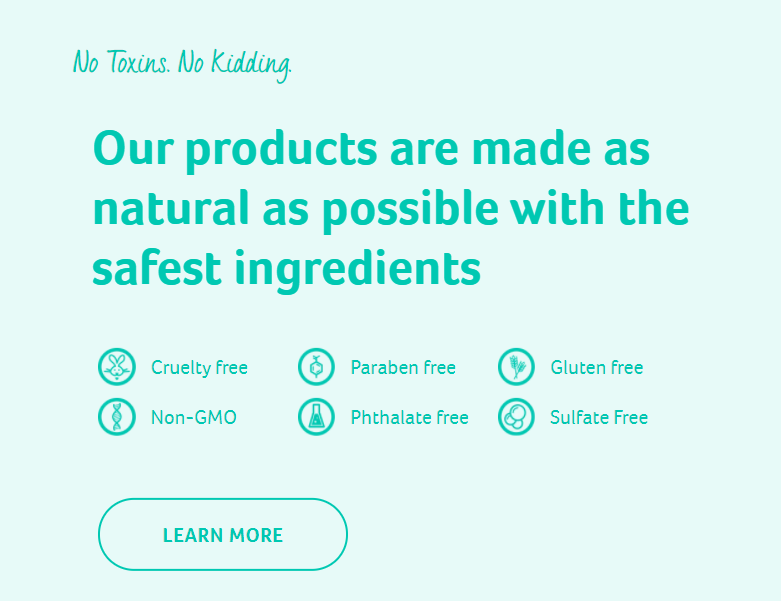
Source: Kopari
You already know what you stand for and what your customers want, so make the direct link to connect your beliefs and values with theirs.
Bandwagon effect
The bandwagon effect is akin to conformity, inclusion, and group thinking. It is used to create an illusion of popularity and desirability.
Think about current trends.
Sustainability for example is a mainstay both in its popularity and significance—evident in everything from clothing and homewares to skincare and food.
T2 teas encourages responsible drinking by using sustainably sourced tea ingredients as well as plant-based packaging and materials for its products.

Source: T2
What current trends can you leverage?
Anchoring
This is when we use a specific reference as a yardstick upon which we make our comparisons. We often do this when we are assessing the perceived value of something.
You can’t stop customers from making comparisons, but you may be able to influence them.
Consider the order you show your products—as this influences the anchor.
From the cell phone options below the customer is clearly being guided to the ‘medium’ option which provides 50GB more data than the ‘small’ option, further supported by the ‘recommended’ label.
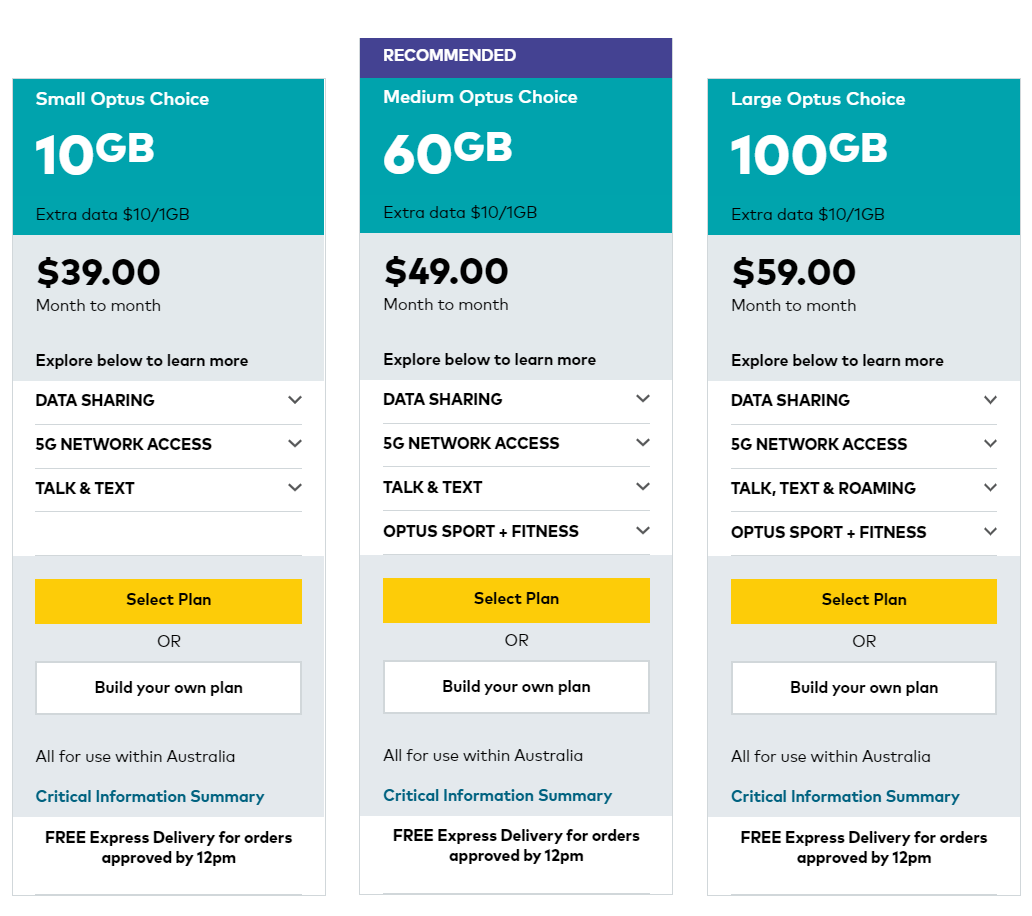
Source: Optus
Check out our in-depth look at pricing strategies and psychology >
Isolation effect
When viewing similar products, it’s often the one with some point of difference that stands out to customers. These visual markings guide the customer to that option.
Ikea uses the isolation effect to highlight the comparatively cheap price of one of its items amongst a line-up of other fabric armchairs.
This makes the product in question instantly more appealing when compared to the other pricier options.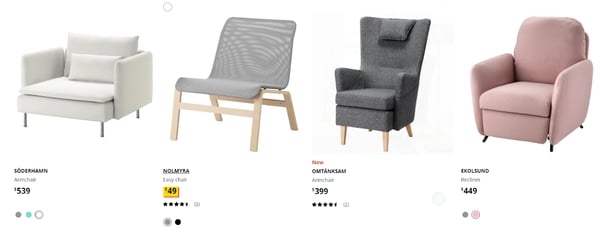
Source: Ikea
Framing effect
You can draw different conclusions from the same information based on how it’s presented.
Nowhere is this more evident than in the presentation of data and research.
Consider these two statements:
- More than half of customers (52%) agree the new chocolate formula is their preferred option.
- While 52 percent of customers rate the new chocolate formula, the results are nearly evenly split with 48 percent of customers preferring the original vanilla formula.
While each statement uses the same data (or a version of the same data), each presents the data differently.
This leads the customer to draw different conclusions.
Consider what research and data you have available and how you think it will most likely resonate with your customers. This can help to guide your customer’s purchasing decisions.
Halo effect
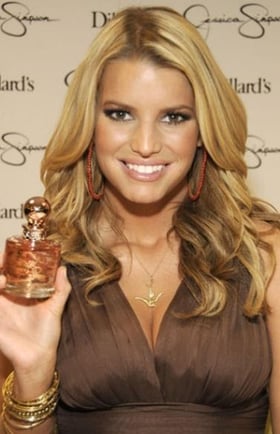
Source: Popsugar
As hinted by its name, this cognitive bias is the reason some customers develop a bias toward certain products because of positively associated experiences or perceptions.
It’s the reason why singer turned entrepreneur Jessica Simpson has built an ultra-successful fragrance, clothing, and accessories line.
Her fans are loyal to her and support her venture beyond her original singing schtick.
The same goes for celebrity endorsements generally (you like them and trust them) so are more influenced by them.
It’s also the reason why you may choose a Samsung TV if you’re happy with your Samsung cell phone.
Consider reviewing your suite of products and identify your strongest area (this is your halo).
Think about whether you can transfer some of its features or appeal to another area of your business.
Authority bias
This is where we attribute greater accuracy to the opinion of an authority figure and are more influenced by that opinion.
Badges, awards, and customer rankings are a common example of authority bias in action.
Muesli and oats brand Carman’s showcases its government-branded 5-star health rating on its packaging and online site.
This supports its values as a health-conscious brand. And the label is proof of it being recognized as a nutritional option from a reputable source.
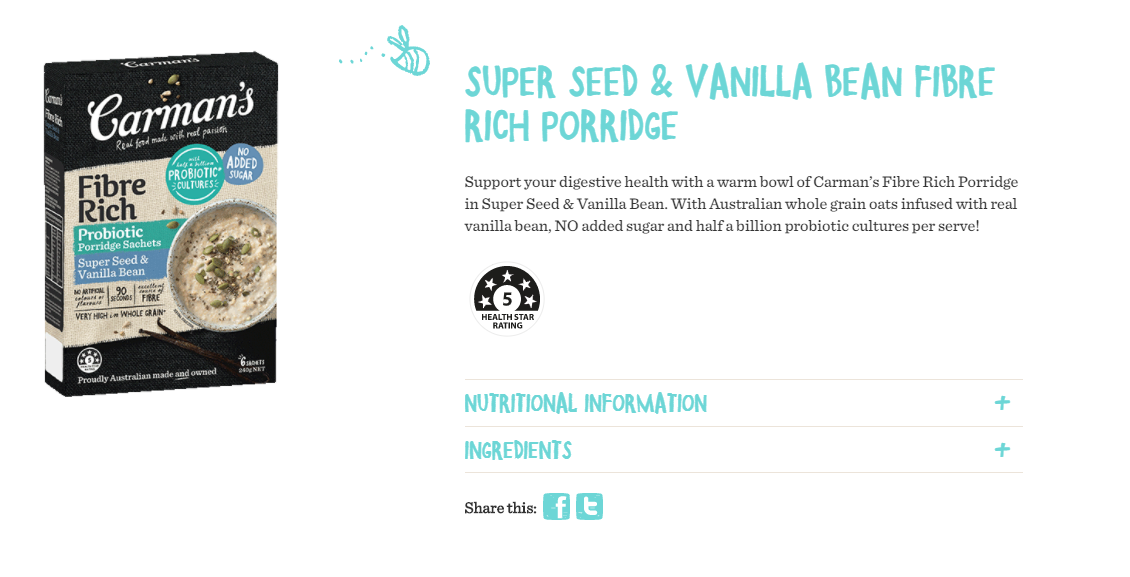
Source: Carman's
Does your brand have the opportunity to leverage a badge or award to elevate your authority?
Benjamin Franklin effect
This cognitive bias occurs when you like someone more after you do them a favor—even if you may not have liked them before.
Taken from the scientist and politician of the same name, Franklin asked to borrow a rare book from one of his rivals, who obliged. Upon returning the book and expressing how much he enjoyed it, his rival warmed to him as a result and the two later became friends.
Franklin described it in his autobiography like this:
“He that has once done you a kindness will be more ready to do you another, than he whom you yourself have obliged.”
It’s clear when we see the positive effects of this cognitive bias it can help to build rapport between two people, but it can also engender loyalty between companies and customers.
Some of the ways you might ask favors of your customers to strengthen the relationship include:
- Requesting feedback (on a product, service, or experience).
- Following up on fulfilled favors with rewards, incentives, or customer offers.
- Ask for a nominal payment for some initial product or service to engender future full-priced purchases.
Peak-end rule
You may think of your memory recall as operating on a replay reel, but it operates more like a highlight reel.
We categorize our memories based on the most intensely emotional periods (the peaks) and the ends.
These defining moments are what weigh the most heavily on how we remember that experience.
So it’s not only important for retailers to provide a positive shopping experience (fulfilling the peaks) it’s also important to ensure the final moments (that hopefully lead to purchase and shipping) are equally positive experiences.
Online beauty retailer Adore Beauty offers 200+ beauty and skincare brands to customers.
Its customers are spoilt for choice with free samples or deluxe trial-sized products with every purchase.
And with every shipped order it also throws in a sweet treat. Talk about ending on a high!
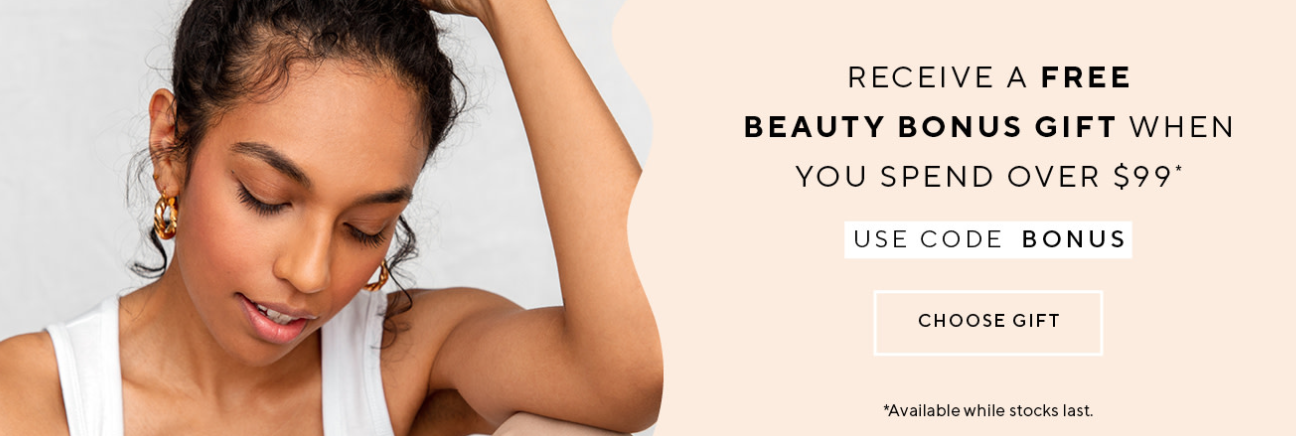
Source: Adore Beauty
The end of your customers’ purchase journey is not only the unboxing of their new shiny thing but also its delivery. Make sure the end of their purchase is peak by shipping with a great carrier (wink).
Speaking of ends
It’s time to wrap up this post. By no means does this encapsulate all the cognitive biases that small businesses can use to market their products and services.
But, it’s more than enough to get you started.
Take some time to think about how each bias intersects with your business and how you can leverage regular human psychology to move shoppers to buy your fab stuff.
If you don’t, someone surely will.


